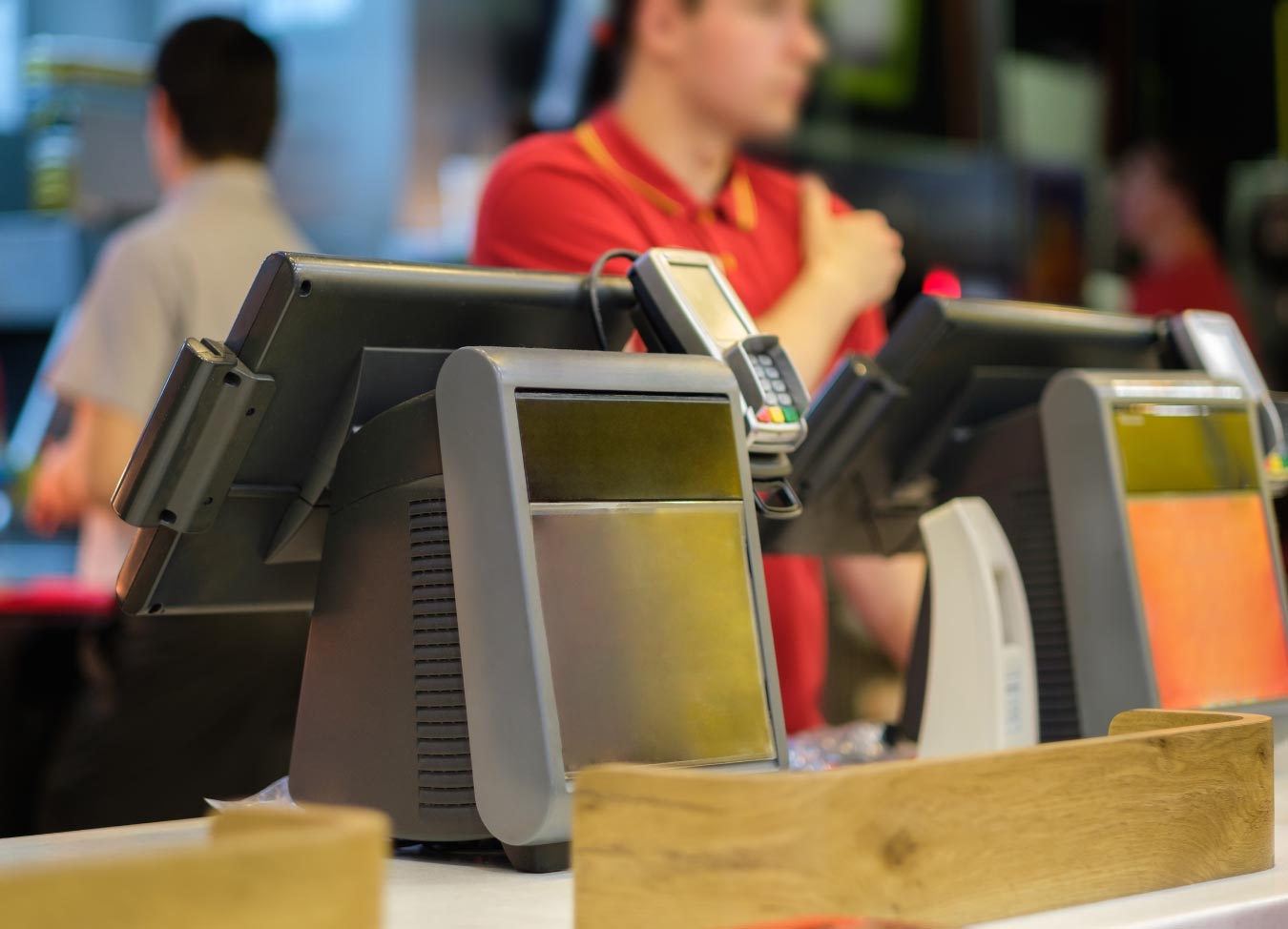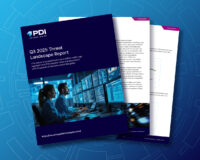
With a large population of part-time workers, multiple remote sites, and a high number of payment transactions processed each day, the QSR industry presents a target-rich environment for cybercriminals. Unfortunately, just like many other highly distributed businesses, QSRs usually don’t have the time, resources, or expertise to focus on cybersecurity. And that can put your business, your customers, and your reputation at risk.
This is one of the primary reasons why QSRs and other small businesses remain at the forefront of ransomware and other cyberattacks. But your business doesn’t need to become yet another statistic.
If you operate a QSR, you need to be realistic about the cyberthreats you face. You can start by educating yourself on where your business is vulnerable and what you can do about it.
Here are four key areas to think about in terms of avoiding risk and improving your cybersecurity posture.
1. Beware the manager’s PC
If you want to find the biggest potential weakness for a QSR, start with the back-office computer (AKA the manager’s PC). It’s directly connected to the Internet and it often has a single logon credential and a password used by multiple employees. And there’s rarely multi-factor authentication (MFA) to verify credentials.
Plus, the PC tends to get used for a lot of non-business purposes: Employees downloading music, browsing unauthorized websites, and opening sketchy email attachments. In other words, it’s highly susceptible to a security breach. To avoid those issues, think about implementing MFA for passwords, restricting user access, and always running the latest anti-virus software.
2. Be careful about connecting those PCs to your POS system
Given what I just explained about those back-office computers, you need to be extremely careful about connecting them to your front-of-house POS system (which is typically secure and not directly linked to the Internet to help ensure PCI compliance). Otherwise, any infiltration of the back-office computer could lead to an exposure of your secure POS system.
It’s a best practice to segment your networks and your data traffic to isolate all financial-related data and in-scope PCI-compliant systems like your POS.
3. Be wary of third parties maintaining your POS system
Did you know that your POS vendor isn’t usually the same company that maintains your POS system? Even if the system and software you purchased are PCI-compliant, you’re still reliant on third-party vendors maintaining everything. This isn’t to imply that those vendors are untrustworthy, but it does expose a potential way to breach that system.
Could they walk into your store and plug a USB stick into the wrong machine and start creating havoc? Even if that’s unintentional, the point is you have less control over your systems. Or, worse, this could blur the lines of responsibility in identifying the source or extent of an actual security breach. Make sure you know your vendors and what they’re doing rather than automatically giving them unrestricted access to your systems.
For instance, some management tools might provide direct access to hundreds of your endpoints. If a vendor with access to all those endpoints gets breached, the attacker might have access to potentially thousands of endpoints (those from your business along with all the other companies that vendor manages). While these types of remote access tools might be necessary, it’s important for you to deploy appropriate endpoint protection so you have an early detection and prevention mechanism to avoid being the victim of an extended MSP breach.
4. Prioritize your patches
Even under the best circumstances, it’s not easy to continually update your Windows machines with the right software upgrades and patches (just think of how you handle your own home computer). In fact, many internal IT teams and third-party vendors don’t want to make every update for fear of messing something up or possibly introducing more risk.
However, known vulnerabilities and outdated software are an open invitation to ransomware and other threats. So, who at your business decides which updates to make…and how often? Who’s testing and maintaining these updates? If you don’t know what’s updated and what’s not, it can make it even harder to detect a threat or recover from a security breach.
Look for the right cybersecurity partner
With so many aspects of cybersecurity to worry about, you can’t afford to go it alone. This is why it’s important to have a reliable partner that can proactively monitor and report on all your systems in a holistic manner.
Look for a managed security services offering that includes the latest tools and best-practice methodologies gained from experience across all types of industries. Just think of it as an extension of your own IT team—or even your full cybersecurity team if you don’t have the right in-house expertise or resources.
By offloading that technical burden, you can get back to what you do best—turning your diners into loyal customers.
Learn how PDI can help you strengthen your security posture here.
Stop ransomware
Protect your customers and your brand against cyberthreats.



